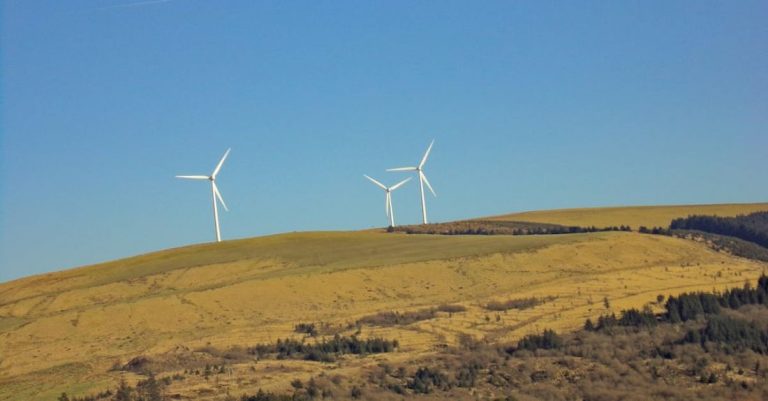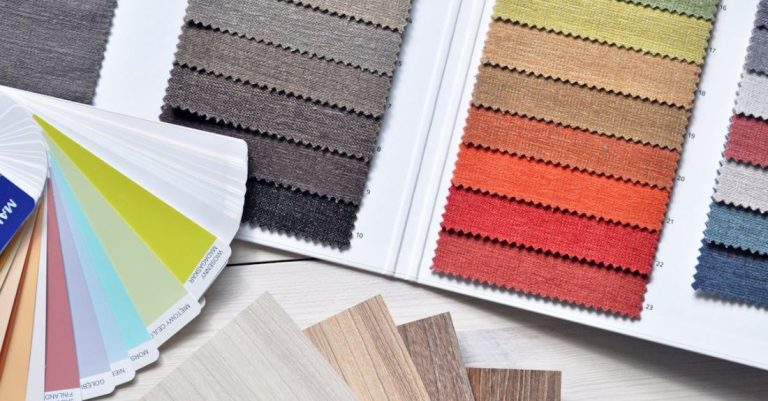
Green buildings are becoming increasingly popular as the world focuses more on sustainability and environmental conservation. One of the most recognized certifications for green buildings is the Leadership in Energy and Environmental Design (LEED) certification. Achieving LEED certification for your building demonstrates your commitment to sustainability, energy efficiency, and overall environmental responsibility. In this article, we will explore the steps you can take to achieve LEED certification for your building.
Understanding LEED Certification
Before diving into the process of achieving LEED certification, it is essential to understand what LEED is all about. LEED is a globally recognized green building rating system developed by the U.S. Green Building Council (USGBC). It provides a framework for designing, constructing, operating, and maintaining green buildings that are energy-efficient and environmentally friendly. LEED certification is awarded based on a points system, with different levels of certification ranging from Certified to Platinum, depending on the number of points a building earns.
Selecting the Right LEED Rating System
The first step in achieving LEED certification for your building is to select the appropriate LEED rating system. The USGBC offers several rating systems tailored to different types of buildings, such as new construction, existing buildings, interior design, and neighborhood development. Choose the rating system that best aligns with the goals and characteristics of your project to maximize your chances of success.
Developing a Sustainable Design and Construction Plan
Sustainability is at the core of LEED certification. To achieve certification, your building must meet specific criteria related to energy efficiency, water conservation, indoor environmental quality, materials selection, and sustainable site development. Work closely with architects, engineers, and contractors to develop a comprehensive design and construction plan that integrates sustainable practices from the initial stages of the project.
Implementing Energy-Efficient Systems and Technologies
Energy efficiency is a key component of achieving LEED certification. Incorporate energy-efficient systems and technologies into your building design, such as LED lighting, high-performance HVAC systems, renewable energy sources, and smart building automation systems. By reducing energy consumption and carbon emissions, you can earn valuable points towards LEED certification.
Prioritizing Water Conservation Measures
Water conservation is another crucial aspect of LEED certification. Implement water-saving measures such as low-flow fixtures, rainwater harvesting systems, greywater recycling, and drought-resistant landscaping to reduce water usage and minimize environmental impact. By demonstrating a commitment to water conservation, you can earn additional points towards LEED certification.
Using Sustainable Materials and Resources
Materials selection plays a significant role in achieving LEED certification. Choose sustainable materials with low environmental impact, such as recycled content, locally sourced materials, Forest Stewardship Council (FSC) certified wood, and low-VOC paints and finishes. By prioritizing the use of sustainable materials, you can contribute to a healthier indoor environment and earn points towards LEED certification.
Optimizing Indoor Environmental Quality
Indoor environmental quality is essential for the health and well-being of building occupants. Implement strategies to improve indoor air quality, thermal comfort, natural lighting, and acoustic performance within your building. Consider factors such as ventilation systems, daylighting design, thermal insulation, and soundproofing to create a comfortable and healthy indoor environment that meets LEED requirements.
Final Steps and Certification Process
Once your building is complete and all sustainable features have been implemented, you can begin the certification process. Submit your project for review by the USGBC, providing documentation and evidence to support your claims of sustainability and environmental responsibility. The USGBC will evaluate your project based on the LEED rating system you selected and award certification at the appropriate level, ranging from Certified to Platinum.
In conclusion, achieving LEED certification for your building requires careful planning, implementation of sustainable practices, and a commitment to environmental responsibility. By following the steps outlined in this article and working towards incorporating green building principles into your project, you can successfully achieve LEED certification and contribute to a more sustainable built environment.





